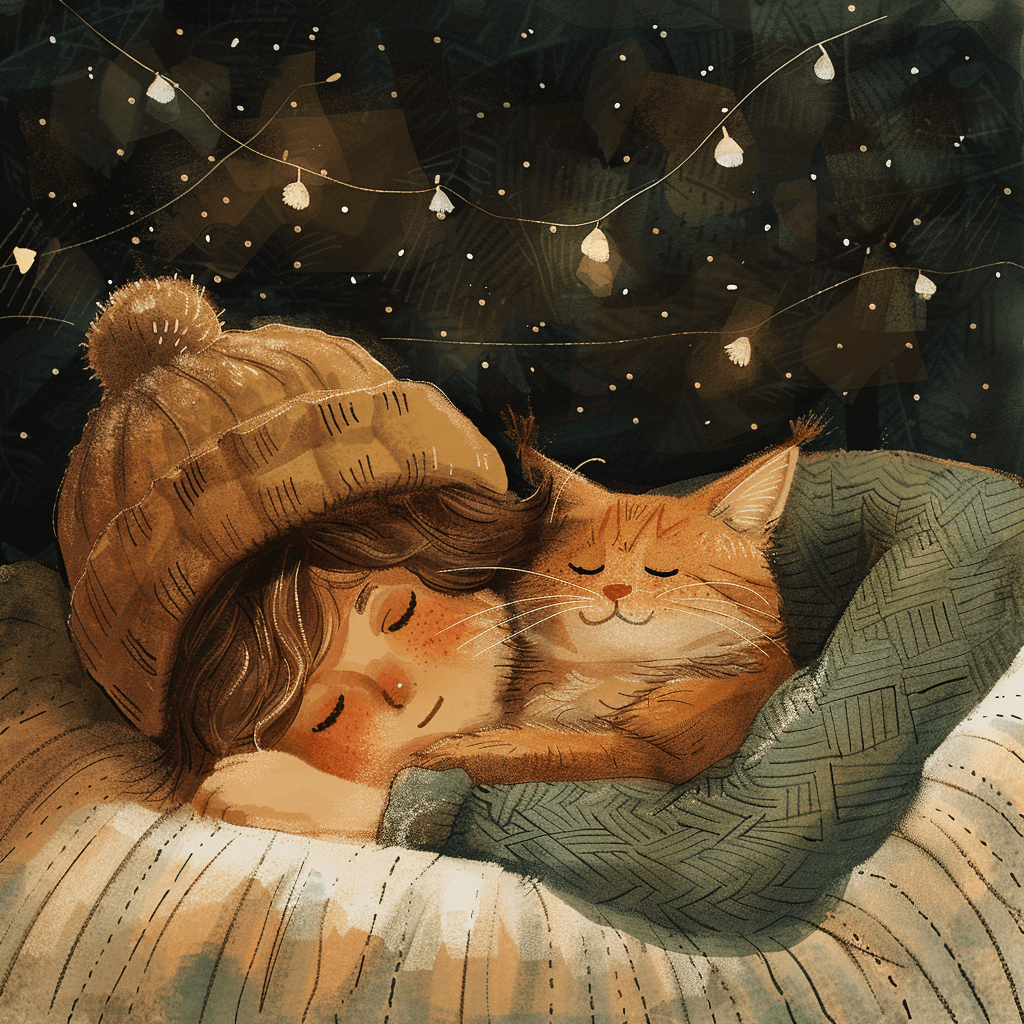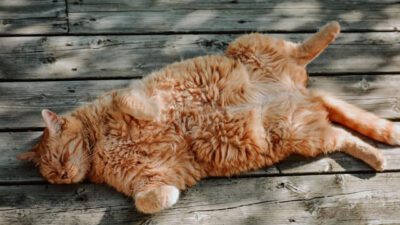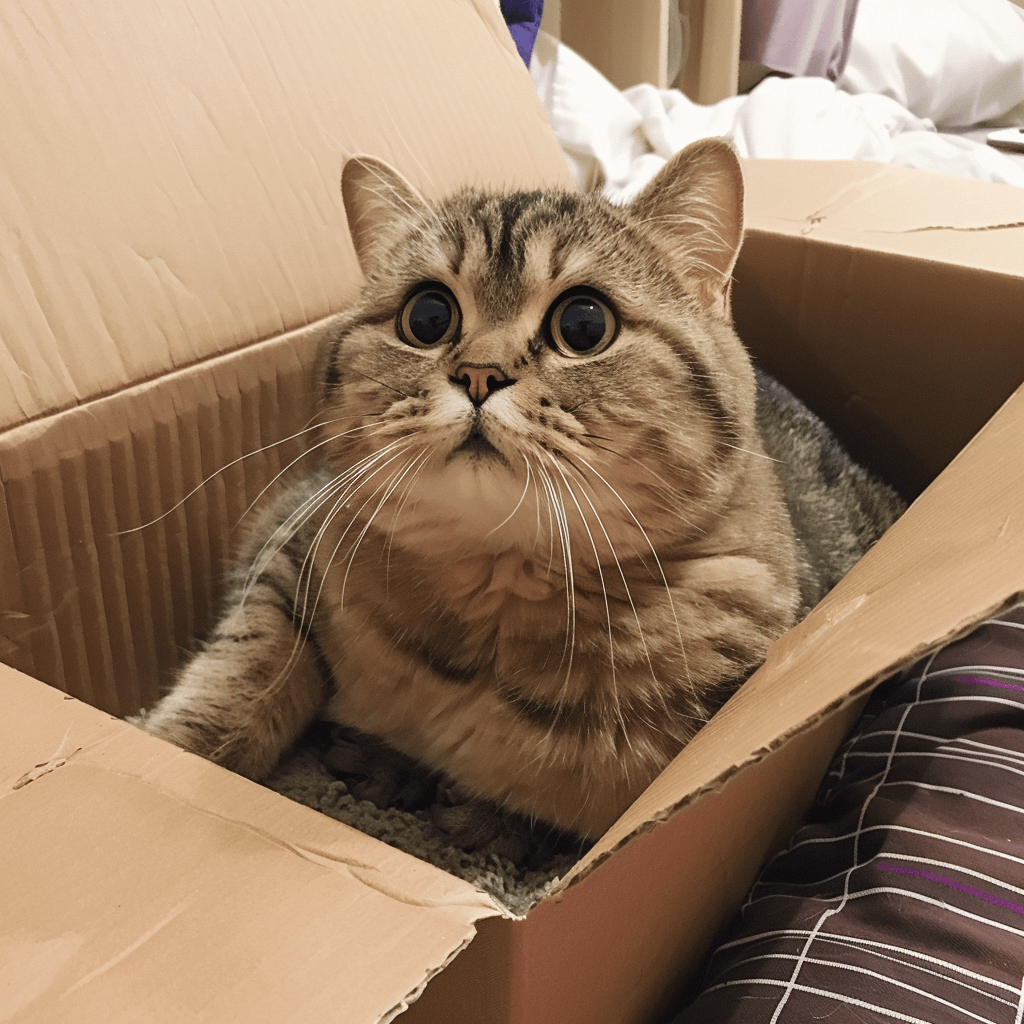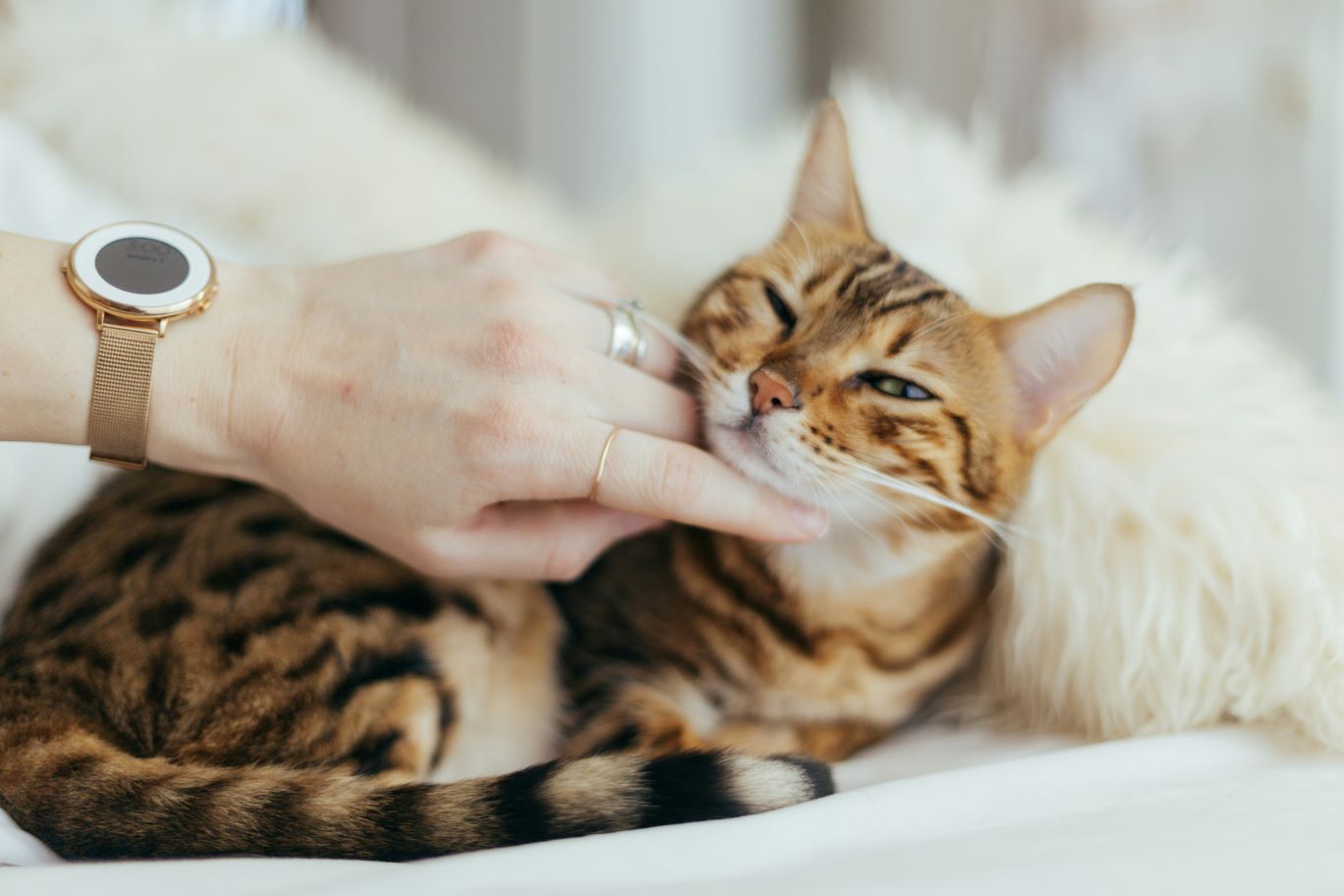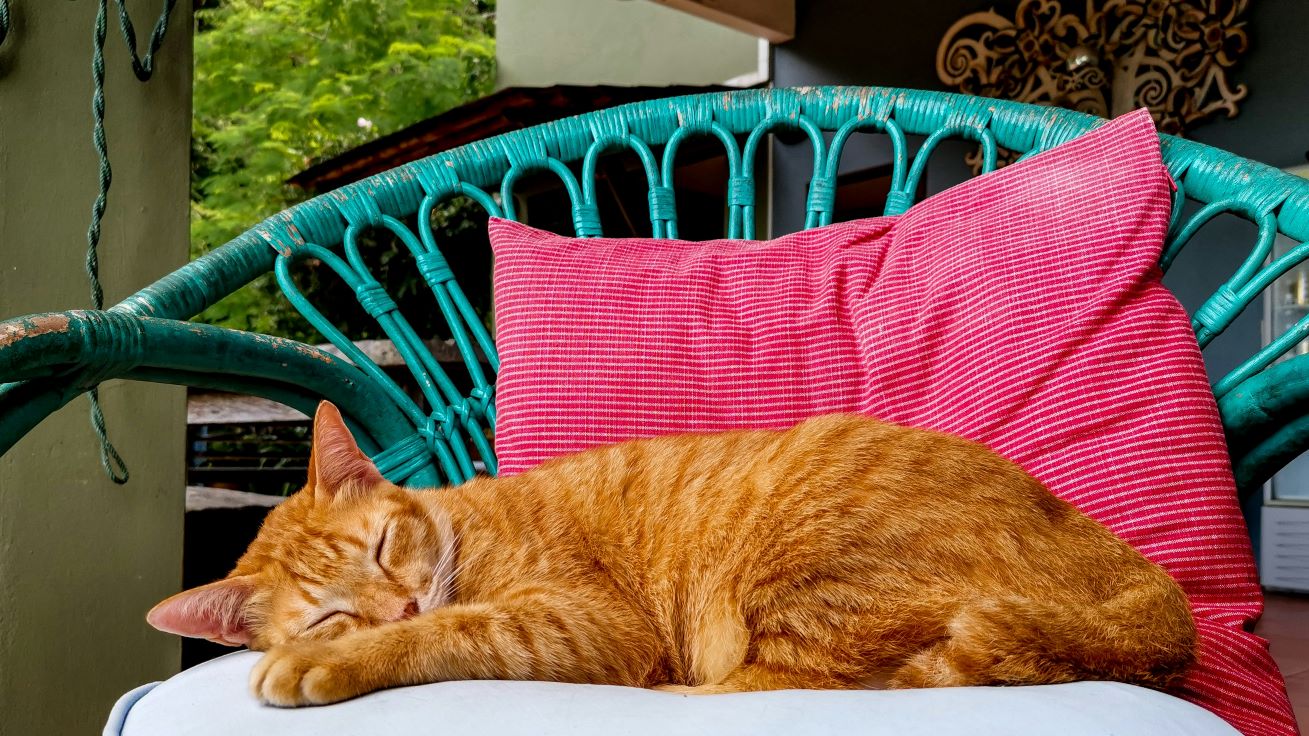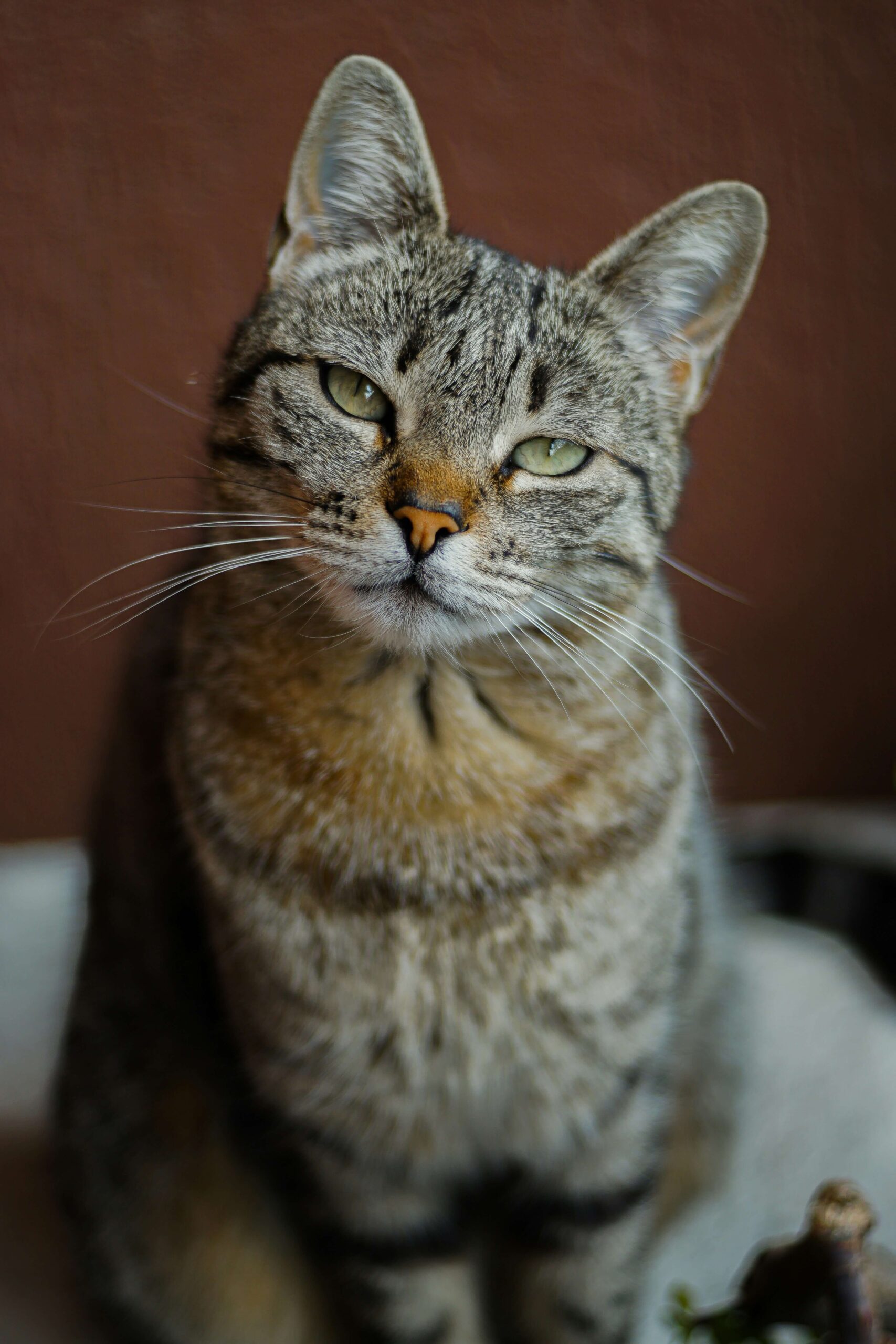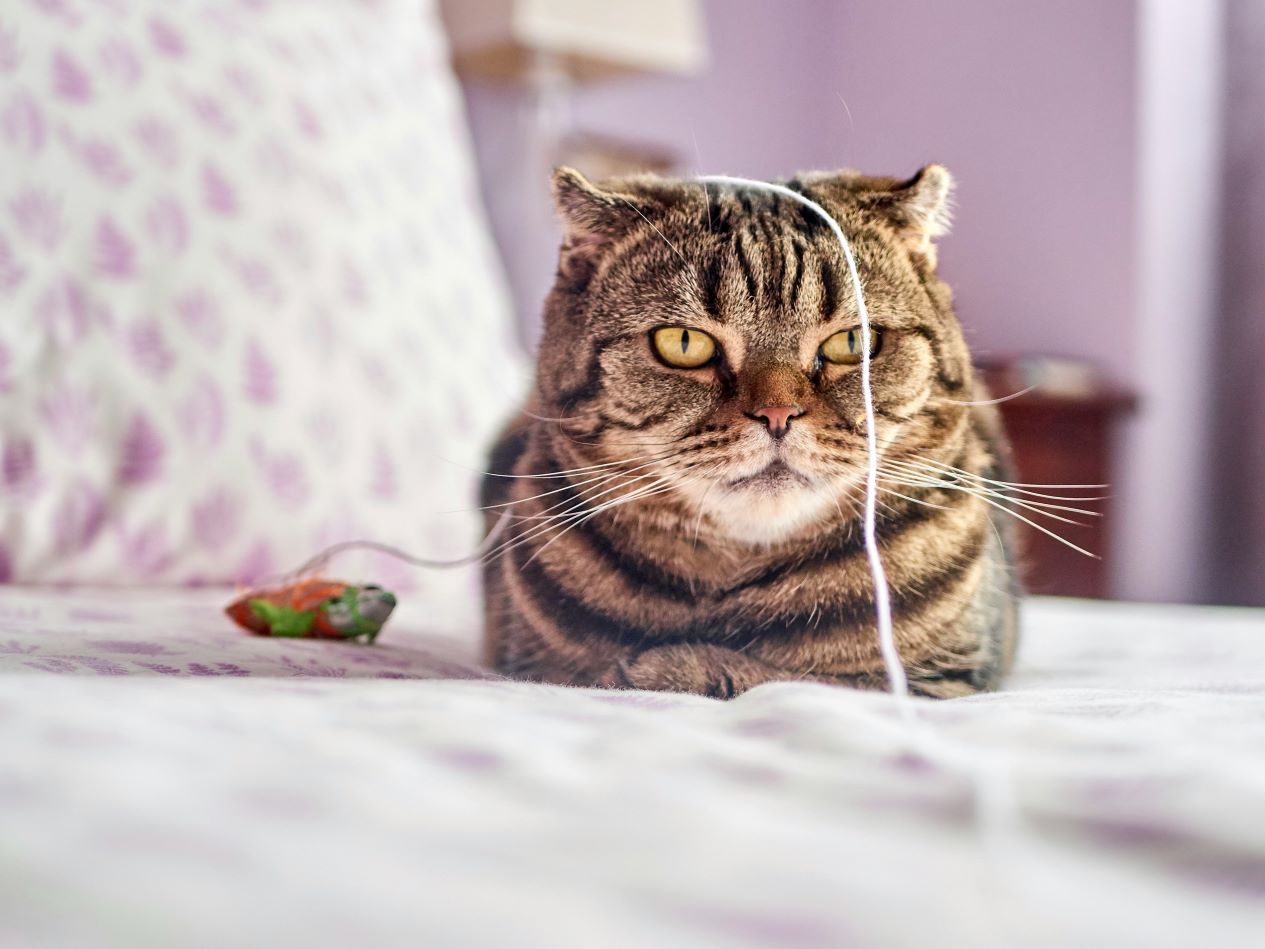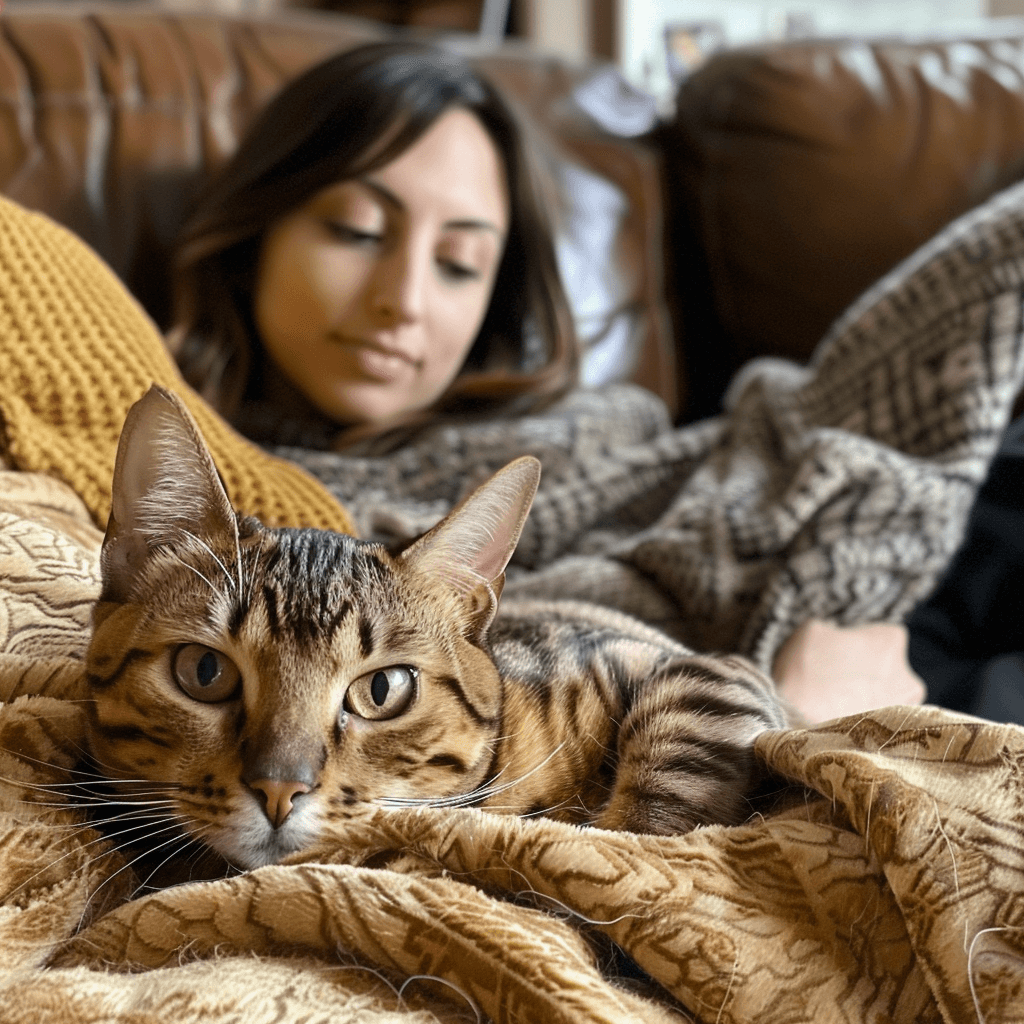As cat owners, we’ve all been there. You’re ready to crawl into bed after a long day, only to find your feline friend has already claimed prime real estate on your pillow. The age-old question arises: Do you let your cat sleep on the bed? Let’s dive into this purr-plexing topic and explore the joys, challenges, and hilarious moments that come with sharing your sleeping space with a furry companion.
The Feline Takeover: Who Really Owns the Bed?
It’s a common joke among cat owners that we don’t own cats; they own us. Nowhere is this more apparent than in the bedroom. As one Reddit user humorously put it, “The real question is, does my cat let me sleep on my bed?” This sentiment resonates with many cat owners who find themselves relegated to a small corner of the mattress while their cat sprawls out in luxurious comfort.
The Benefits of Bedtime Bonding
Despite the occasional loss of personal space, many cat owners cherish the experience of sharing their bed with their feline friends. Here are some reasons why:
- Comfort and companionship: Cats provide warmth and a sense of security, especially for those who live alone.
- Stress relief: The soothing sound of purring can help reduce stress and promote better sleep.
- Strengthening the bond: Sleeping together can enhance the emotional connection between cats and their humans.
- Entertainment: Let’s face it, cats can be hilarious sleep partners, providing endless amusement with their quirky sleeping positions and habits.
The Challenges of Feline Bedfellows
Of course, it’s not all purrs and cuddles. Sharing your bed with a cat can come with some drawbacks:
- Disrupted sleep: Cats are naturally nocturnal, which can lead to middle-of-the-night zoomies across your face.
- Allergies: For those with sensitivities, having a cat in close proximity all night can exacerbate allergic reactions.
- Hygiene concerns: Cats that go outdoors may bring in dirt, parasites, or other unwanted guests.
- Space issues: Larger cats or multiple feline friends can quickly turn your bed into a game of human Tetris.
Hilarious Anecdotes from Cat-Owning Night Owls
The internet is full of amusing stories from cat owners about their nighttime adventures. Here are a few gems:
- “My cat meows at ME if I’m late to bed. She’s become my feline alarm clock!”
- “Mine climbs on the pillow and lays her chin on my head, purring to help me fall asleep. I love it, even if I wake up with fur in my mouth.”
- “We both reach out in the night to make sure the other is there. Unless he needs his space, then I get the cold shoulder!”
Tips for Harmonious Co-Sleeping
If you decide to welcome your cat into your bed, here are some tips to make the experience more enjoyable for both of you:
- Establish a routine: Cats thrive on consistency, so try to maintain regular bedtimes.
- Provide alternatives: Offer cozy cat beds or perches near your bed for times when you need space.
- Groom regularly: Brushing your cat before bedtime can reduce shedding and allergens.
- Set boundaries: It’s okay to gently move your cat if they’re disrupting your sleep.
- Consider a larger bed: If space is an issue, upgrading to a bigger bed can accommodate both you and your feline friend comfortably.
The Verdict: A Personal Choice
Ultimately, whether you let your cat sleep on the bed is a personal decision. For many, the joy of snuggling up with their furry companion outweighs any potential drawbacks. As one cat owner eloquently put it, “Cats are the PERFECT cuddle partners. Warm, soft, purry, and cute as a teddy bear.”
Whether you’re Team Co-Sleep or prefer to keep your bedroom a cat-free zone, there’s no denying the special bond between cats and their humans. So the next time you find yourself contorting into impossible positions to avoid disturbing your sleeping cat, remember – you’re not alone in this feline-dominated world of sleep!
Here are some key ways cats’ sleeping habits differ from humans:
- Amount of sleep: Cats sleep much more than humans, typically 12-16 hours per day compared to 7-9 hours for adult humans. Some cats may sleep up to 20 hours a day.
- Sleep pattern: Cats have a polyphasic sleep pattern, meaning they sleep in multiple shorter periods throughout the day and night. Humans typically have a monophasic sleep pattern with one main sleep period at night.
- Circadian rhythm: Cats are crepuscular, meaning they are most active at dawn and dusk. Humans are diurnal, naturally awake during the day and asleep at night.
- Sleep cycles: While both cats and humans experience REM and non-REM sleep, cats cycle through these stages more quickly, with each cycle lasting only about 20-30 minutes compared to 90 minutes in humans.
- Alertness during sleep: Cats remain more alert during sleep than humans. They can wake quickly and become fully alert in response to sounds or movements.
- Temperature preferences: Cats prefer warmer sleeping temperatures around 85°F, while humans generally prefer cooler temperatures around 65-68°F for optimal sleep.
- Sleeping positions: Cats can sleep in a variety of positions, including curled up, stretched out, or even sitting up. Humans typically sleep lying down.
- Napping: Cats take frequent short naps throughout the day, while humans generally don’t nap unless sleep-deprived.
- Sleep location flexibility: Cats can fall asleep almost anywhere, while humans usually prefer a dedicated sleeping space like a bed.
- Seasonal changes: Cat sleep patterns may vary more with seasons and daylight changes compared to humans in modern environments.
These differences reflect cats’ evolutionary history as both predator and prey, requiring them to be alert and ready to act even during rest periods.
Citations:
[1] https://cattreeking.com
[2] https://cattreeking.com/collections/all
[3] https://www.newcatcondos.com/prestige-cat-trees-maine-coon-cat-perch/
[4] https://www.petrebels.com/en/pc/cat-tree-maine-coon/
[5] https://be.chewy.com/behavior-pet-facts-why-do-cats-like-boxes/
